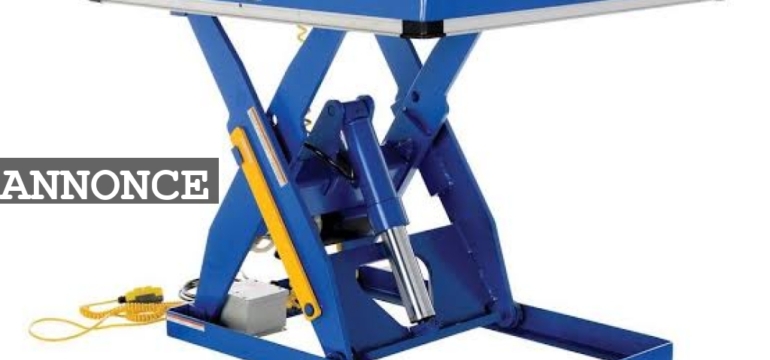In the world of performance clothing, precision matters. Gone are the days when subjective comfort feedback was the only guide for product development. Today, apparel manufacturers demand scientifically backed data to fine-tune materials and designs. Human-like thermal testing, powered by advanced manikins and sensors, is revolutionizing how garments are assessed and optimized. This innovation bridges the gap between human experience and mechanical testing—ensuring the highest standard in comfort, efficiency, and safety.
What Is Human‑Like Thermal Testing?
Human-like thermal testing uses life-sized, heated manikins that simulate human thermoregulation. These manikins are embedded with dozens—sometimes hundreds—of sensors across the body, each capable of detecting minute changes in temperature and heat flux. By controlling heat input and simulating human sweat, these systems recreate realistic body responses to various environments. This allows researchers to evaluate how well clothing insulates or breathes, which is essential for garments used in extreme cold, active sports, or occupational safety settings.
Why Thermal Testing Matters
Apparel performance is not just about design or fabric choice—it’s about how the entire system performs when worn. Poor insulation in cold-weather gear, or inadequate breathability in high-exertion wear, can directly affect performance, comfort, and safety. With human-like thermal testing, developers can identify weaknesses in a garment before it hits the market. This leads to smarter designs, fewer product failures, and more satisfied customers.
Thermal testing is also essential for certification. Many industries, such as firefighting, military, and industrial safety, require garments to meet strict thermal performance standards.
Application in Outdoor and Athletic Apparel
For outdoor and sportswear brands, human-like thermal testing enables the development of gear that keeps athletes dry and thermally balanced, even in harsh environments. These insights influence everything from the layering system to the placement of ventilation zones. Lightweight jackets, base layers, and insulated parkas are tested to mimic hiking, skiing, or cycling conditions. The result is not only enhanced performance but reduced material waste—since manufacturers can avoid over-engineering garments that may become bulky or uncomfortable.
Real-World Insight Through Simulated Human Testing
Incorporating real-world conditions is one of the biggest advantages of this technology. Researchers can simulate wind, rain, sun, or movement, all while monitoring how garments respond. For example, a thermal manikin walking on a treadmill in a climate-controlled chamber provides far more actionable data than a passive test. This high-fidelity simulation is critical for performance wear intended for variable weather or extended physical activity.
In this context, P.T. Teknik ApS are experts in thermal comfort, offering tailored solutions and equipment that meet the most rigorous testing standards. Their technology allows apparel developers to fully understand how garments perform in real-life scenarios—before they ever reach the user.
The Future of Thermal Comfort Testing
As technology continues to evolve, so does the accuracy of human-like thermal testing. The integration of artificial intelligence and machine learning is paving the way for predictive modeling. Soon, developers will be able to anticipate garment performance in various scenarios without needing extensive physical trials. Additionally, smart textiles—fabrics embedded with sensors—are being paired with thermal manikins to gain even more granular data.

